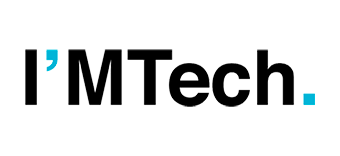What is the physical internet?
The physical internet is a strange concept. It borrows its name from the best-known computer network, yet it bears little connection with it, other than being an inspiration for bringing together economic stakeholders and causing them to work together. The physical internet is in fact a new way of organizing the logistics network. In light […]

